
Project Spotlight: Ala Moana Center (Honolulu, Hawaii)
WGI is providing ongoing services for multiple projects at the Ala Moana Center, located between Honolulu Harbor and Waikiki on the island of Oahu in Hawaii.
Learn from award-winning professionals — explore our whitepapers, blogs, and the latest industry updates.
Join our dynamic organization of engineers, land surveyors, landscape architects, environmental scientists, and architects!
Talk to a market leader today! We’ll answer any questions you have about our professional services.
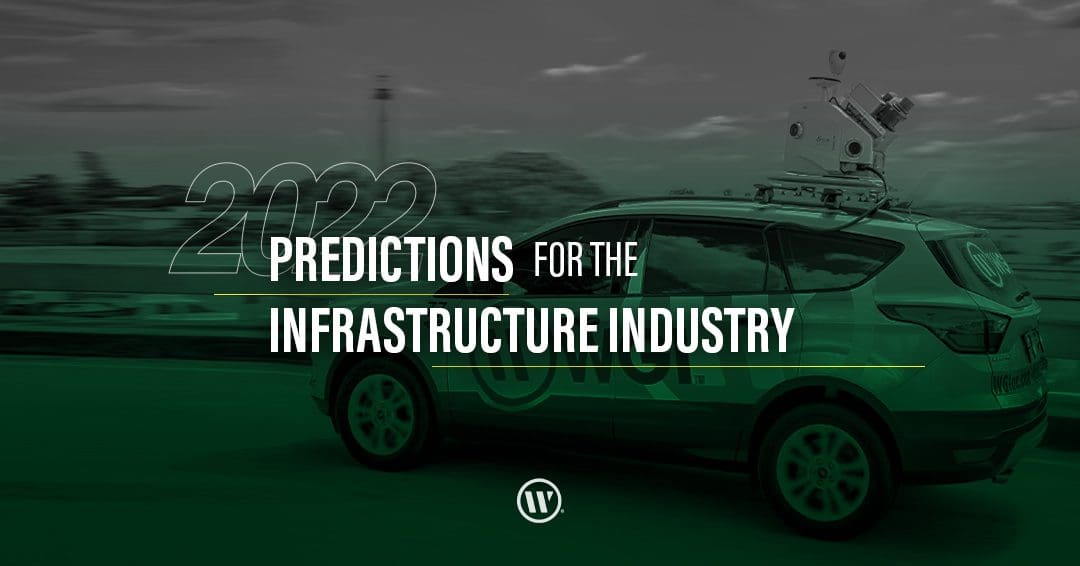
As the Infrastructure Bill seeks to address improvements to our nation’s infrastructure in terms of roads and bridges, railroads, power grid, broadband, water infrastructure, public transit, electric vehicles, airports, ports and the environment, we asked a selection of WGI subject matter experts across our divisions for their thoughts and predictions in terms of what we can expect to see in our industry in 2022 and beyond.
Overall, we saw strategic themes related to innovation, sustainability, resilience, and adaptability as digital transformation continues to transform our industry and departments and agencies continue to prepare for continuous disruption.

Some of the key technology enablers seen as having a major impact in 2022 include data analytics, AI/ML, electric fleets, digital twins, 3D printing, blockchain and LiDAR. All these enablers need to be carefully orchestrated and applied working in harmony with various political, economic, social, legal, and environmental forces and considerations as our Associates share here:










The future of the infrastructure industry depends on innovative thought leaders influencing our industry to adopt the latest cutting-edge technologies and practices in order to remain flexible.
WGI is dedicated to embracing innovation, technology, and empowering our associates to transform how our world is envisioned, designed, and experienced.
If you would like to have a conversation with one of WGI’s thought leaders to discuss any of the topics covered in this article, feel free to contact us.

WGI is a national design and professional services firm leading in technology-based solutions for the construction of public infrastructure and real estate development. At WGI, we’re providing Tomorrow’s Infrastructure Solutions Today.

WGI is providing ongoing services for multiple projects at the Ala Moana Center, located between Honolulu Harbor and Waikiki on the island of Oahu in Hawaii.
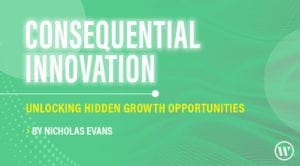
For innovation to be consequential, you must strike the right balance between incremental innovation and disruptive innovation. Here’s how to get started.

Discover how Austin is transforming urban development with proposed zoning changes, inclusive housing initiatives, and creative space preservation—all while embracing growth and sustainability.
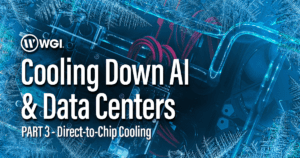
Discover how cutting-edge cooling technologies are revolutionizing data centers in the third and final installment of our Cooling Down AI & Data Centers blog series. Explore innovative solutions, efficiency gains, and sustainability benefits that are shaping the future of high-performance computing.
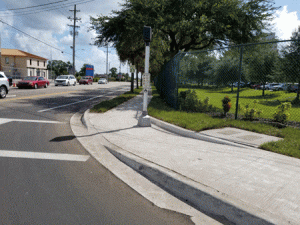
Design-Build Team Owner: Florida Department of Transportation District 1 Design-Builder: The Ajax and WGI DB Team Engineer: Wantman Group, Inc. Specialty Contractor: Florida Safety Contractors,
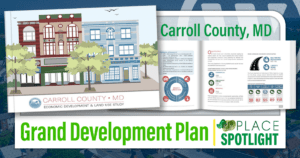
Discover how WGI’s expertise in land use planning and economic analysis has positioned Carroll County for success as we showcase the comprehensive study that’s paving the way for sustainable growth and community preservation!
You’ve been searching for a place like WGI. We look forward to meeting you soon.
Sign up to receive emails to hear our latest news and achievements in our monthly newsletter.
Enter your zip code, and we’ll personalize your experience with local projects, office locations, team members, and more.
WGI supports its associates with meaningful opportunities for growth, strong benefits and perks, while we work collaboratively with clients and co-consultants to shape and improve communities.






WGI is a dynamic organization with opportunities nationwide for engineers, land surveyors, landscape architects, environmental scientists, and architects.